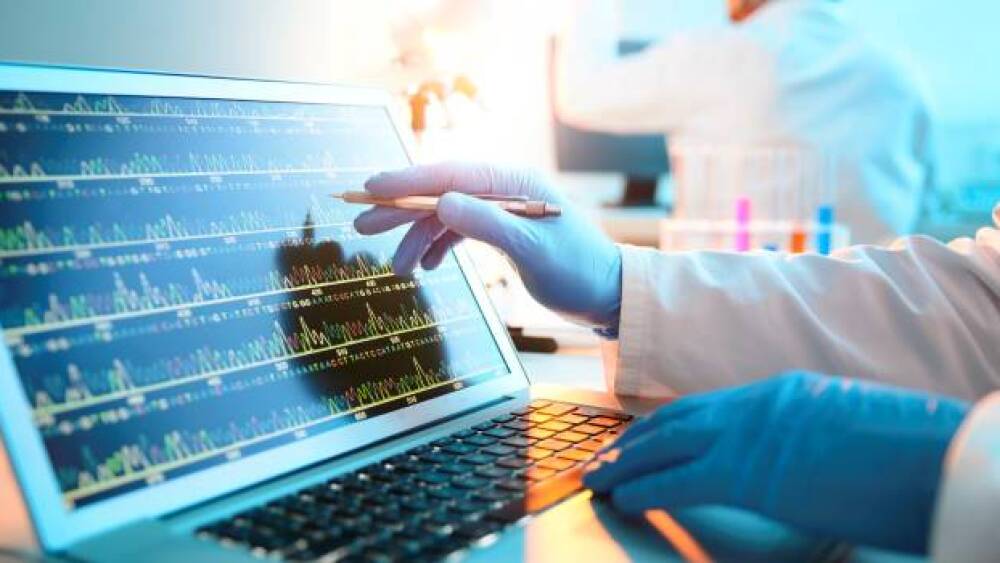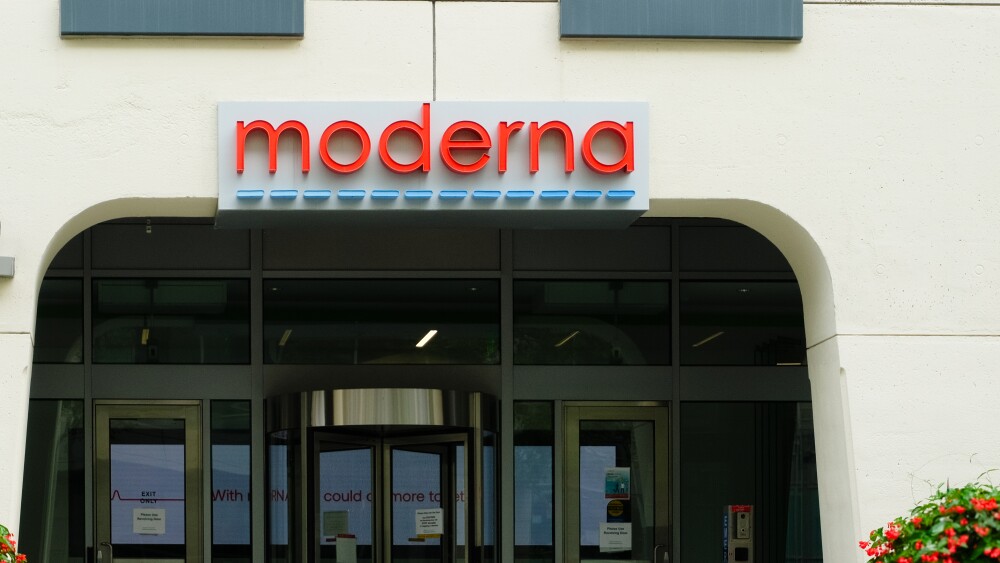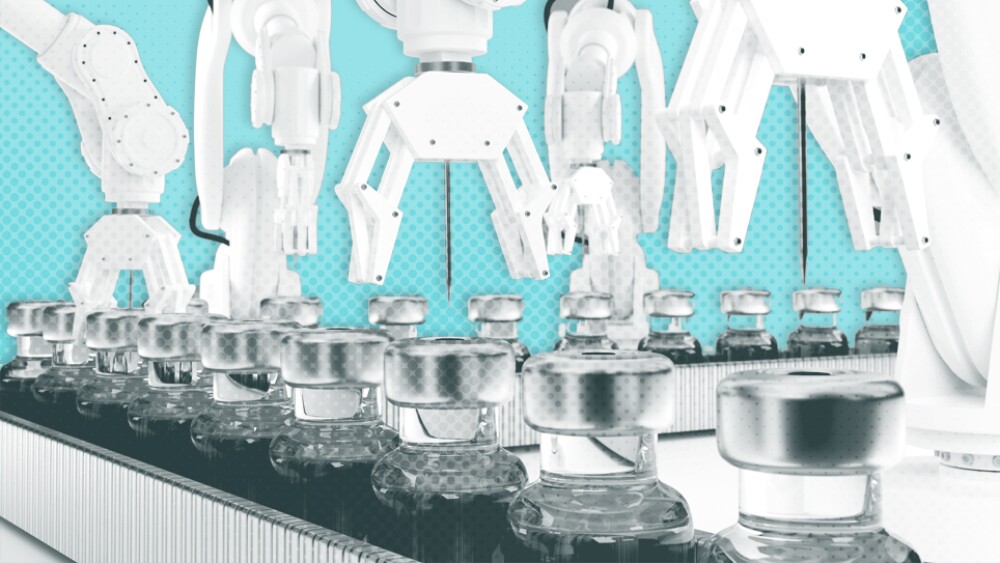The same advantage against HIV-1 possessed by a person with the inactive CCR5 variant potentially doubles as resistance to any virus that capitalizes on or manipulates that receptor.
In biopharma, we often frame our genetics as a Goliathan adversary that must be compromised with or circumvented rather than overcome. We focus on using our genes the same way our body does: as a source of information concerning how our system operates and as a means of identifying and predicting the potential one has to develop certain conditions or diseases.
Our genes aren’t just a source of information, though; they’re also a source of creative inspiration and ingenious solutions for predestined problems. Instead of looking to our genes for a culprit that we can subject to interrogatory treatments, we could also look at our genes as a potential source from which to derive therapeutics.
Old Order Amish Variant Protects Against Heart Disease
In early December 2021, the University of Maryland’s School of Medicine (UMSOM) announced the discovery of a recently uncovered genetic variation linked to lower levels of fibrinogen and LDL cholesterol, suggesting that this may be behind the significantly lower risk of heart disease exhibited by those who express it.
While it’s unclear how exactly this mutation is influencing the amount of LDL cholesterol and fibrinogen in a given patient’s bloodstream, a general population study of over 500,000 individuals showed that anyone carrying a unique version of the B4GALT1 gene was 35% less likely to develop cardiovascular diseases.
However, this particular genetic variant is only present in less than a hundred people for about every million. Its highest prevalence by population size anywhere in the United States by far is found within the Old Order Amish community of Lancaster, Pennsylvania, where about 12% of the population possesses the B4GALT1 variation.
Through their longstanding partnership with members of the Amish community and collaboration with the Regeneron Genetics Center (RGC), the University of Maryland’s School of Medicine has collected and sequenced almost 7,000 samples from Amish research participants dating back to 1995.
This allowed them to pinpoint the exact variant and replicate its expression in mice. “The mouse model, encoding for this gene mutation, also showed decreased levels of LDL cholesterol and fibrinogen, confirming the effect of this variant,” said Giusy Della Gatta, Ph.D. RGC senior staff scientist and study senior co-author “This model represents an invaluable tool to unravel the molecular mechanisms that help protect against cardiovascular disease.”
This marks the first time that a genetic variant with the potential to decrease a patient’s risk for heart disease has been uncovered. While links between genetic mutations and increased risk have already been established, this discovery opens a new door into preventative cardiovascular care possibilities that may produce novel therapeutic drugs.
“The genetic variant appears to either control the synthesis of cholesterol and fibrinogen or accelerate their clearance from the blood, which protects the heart. This finding could lead to targeted drugs that mimic the action of this variant to keep arteries free of plaque and clots,” said study leader May Montasser, Ph.D., a member of UMSOM’s program for personalized and genomic medicine and assistant professor of medicine.
It will be a long time, if ever, before this research produces an in-hand pharmaceutical product; but the newfound knowledge that there could be more variants with similar pharmacologic potential means it will only be a matter of time before one makes a real difference.
CCR5-Δ32 Mutation Repurposed for COVID-19 Treatment
Originally discovered and described in the mid-1990s, the CCR5-Δ32 mutation made waves for the resistance to HIV infection and AIDS development it apparently bestowed upon its host. Although it isn’t exceptionally common, this mutation is present in about 10% of the population on average from Europe to western Asia.
Just a single copy of this mutation would protect a person against HIV infection, and slow the progression of the disease to AIDS if they did contract it, while a second copy would make a person almost completely immune to infection. However, this mutation only endows resistance in the case of HIV-1, and not for any other HIV variants.
That’s because the CCR5-Δ32 mutation only disrupts the function of a singular variety of immune cell receptor, one that HIV-1 happens to be dependent on in order to infect the macrophage cells of their host. The less common strains of HIV are less dependent on the CCR5 receptor, making this mutation less effective at conferring resistance.
Now, creative minds at the late-stage biotechnology company CytoDyn, Inc. are crafting new tricks out of old hat research, announcing in late December that the U.S. Food and Drug Administration had given it the affirmative to commence with a Phase III trial to evaluate the efficacy and safety of CCR5 receptor antagonist leronlimab against COVID-19 in the critically ill population.
As it turns out, the same advantage against HIV-1 possessed by a person with the inactive CCR5 variant potentially doubles as resistance to any virus that capitalizes on or manipulates that receptor – an umbrella that might include COVID-19. By artificially deactivating the CCR5 receptors, leronlimab also appears to encourage a stronger and more balanced immune response in patients critically afflicted with COVID-19.
The submission of the trial’s protocol was announced less than two weeks prior to the aforementioned press release and outlines a four-week treatment period, so it’s safe to say that it might be another month or two before the results are finalized and the analysis is made available for the public.





